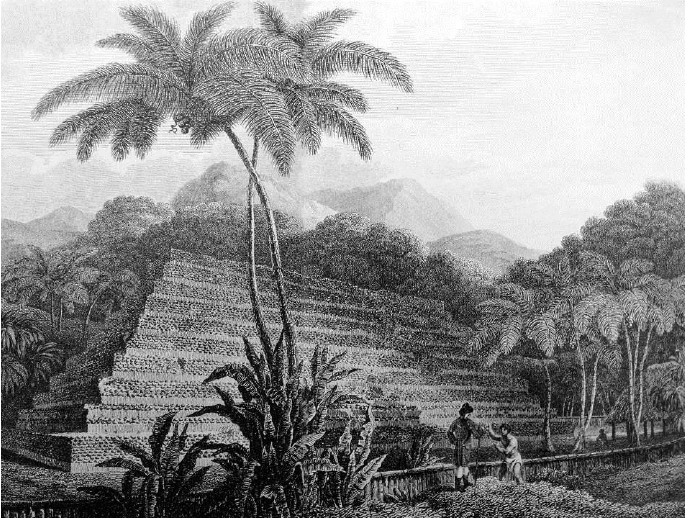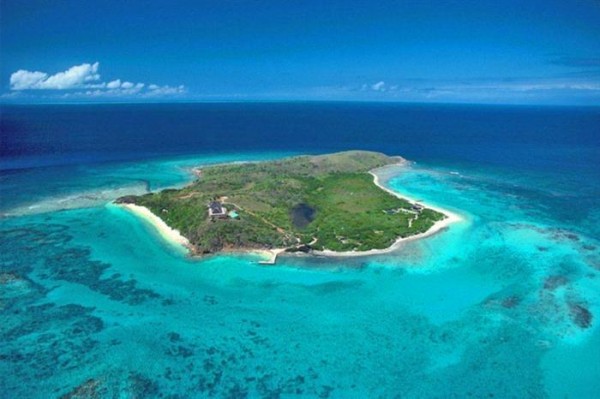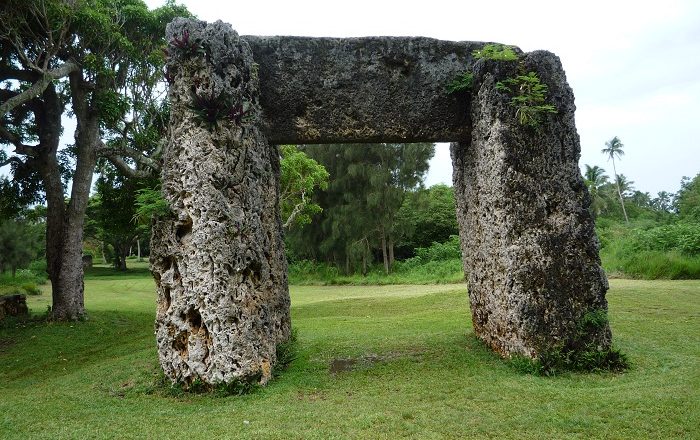Oceania Architecture - Exploring The Prehistoric Architecture Of The Pacific Islands
Let's embark on a fascinating journey to explore the mysterious Oceania architecture, a collection of prehistoric architecture that has withstood the test of time and bears witness to the rich cultural heritage of the region.
Author:Jane RestureAug 08, 202322.3K Shares475.4K Views
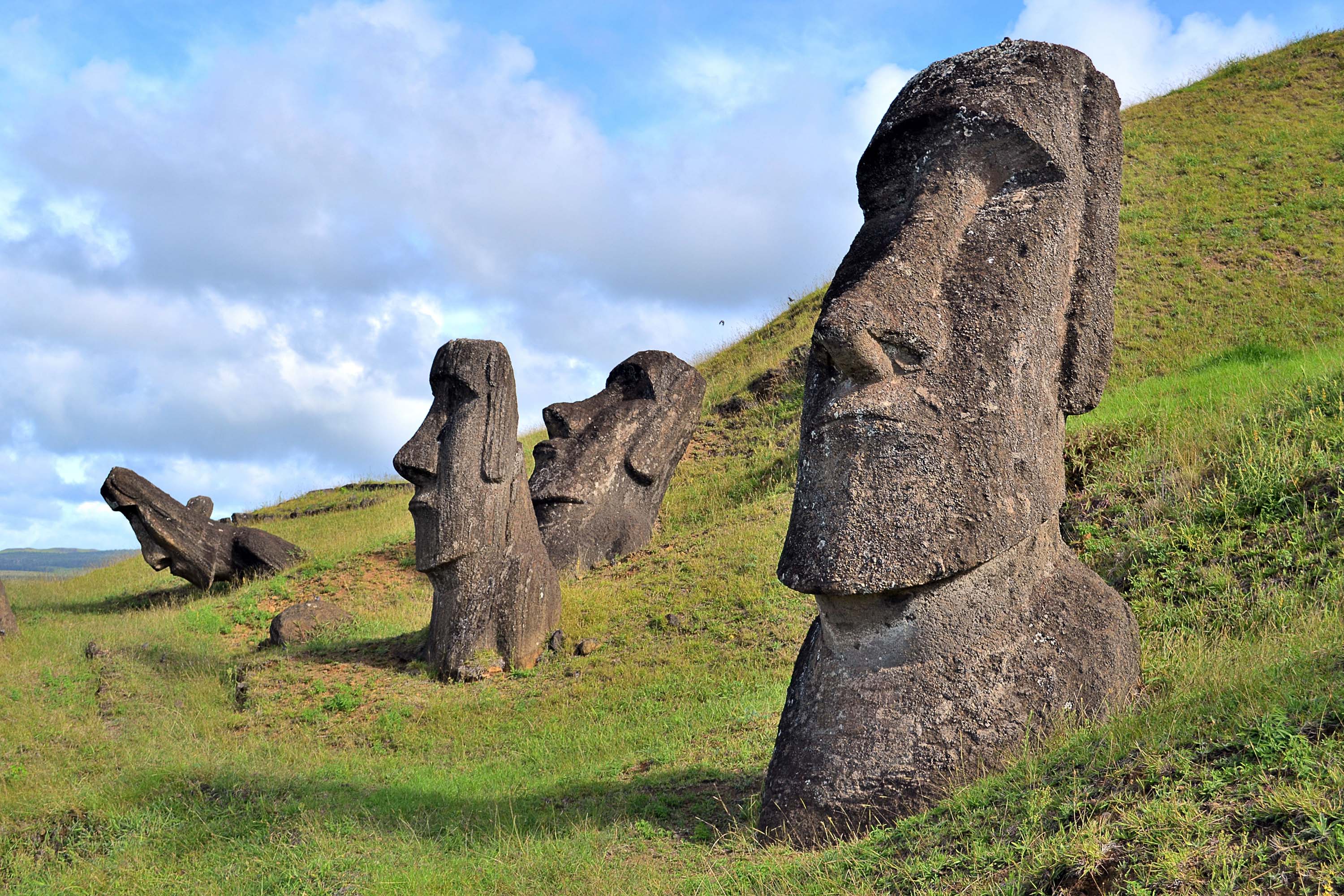
Oceania, a vast expanse of islands scattered across the Pacific Ocean, holds a treasure trove of ancient architectural wonders left behind by our prehistoric forefathers. From the western islands of Micronesia, throughout Melanesia and Polynesia, to the distant Easter Island, these imposing structures stand as enduring testaments to the ingenuity and skills of the ancient inhabitants of Oceania.
Let's embark on a fascinating journey to explore the mysterious Oceania architecture, a collection of prehistoric architecture that has withstood the test of time and bears witness to the rich cultural heritage of the region.
Nan Madol - The Magnificent Megalithic Ruins Of Micronesia
In a shallow lagoon on the east coast of Pohnpei lies the awe-inspiring Nan Madol, surpassing all other sites in Oceania with its dramatic beauty. This elite administrative and ceremonial center grew, flourished, and declined during the centuries preceding western contact.
Constructed by the ancient Pohnpeians, Nan Madol is a complex of 92 artificial islets inter-connected by a network of waterways. Today, the islets are mostly covered by dense jungle growth, and the waterways are choked with mangrove swamps, but the megalithic ruins of Nan Madol still stand as present-day reminders of the splendid achievements of the prehistoric people of Micronesia.
Palau's Enigmatic Sculptured Hills
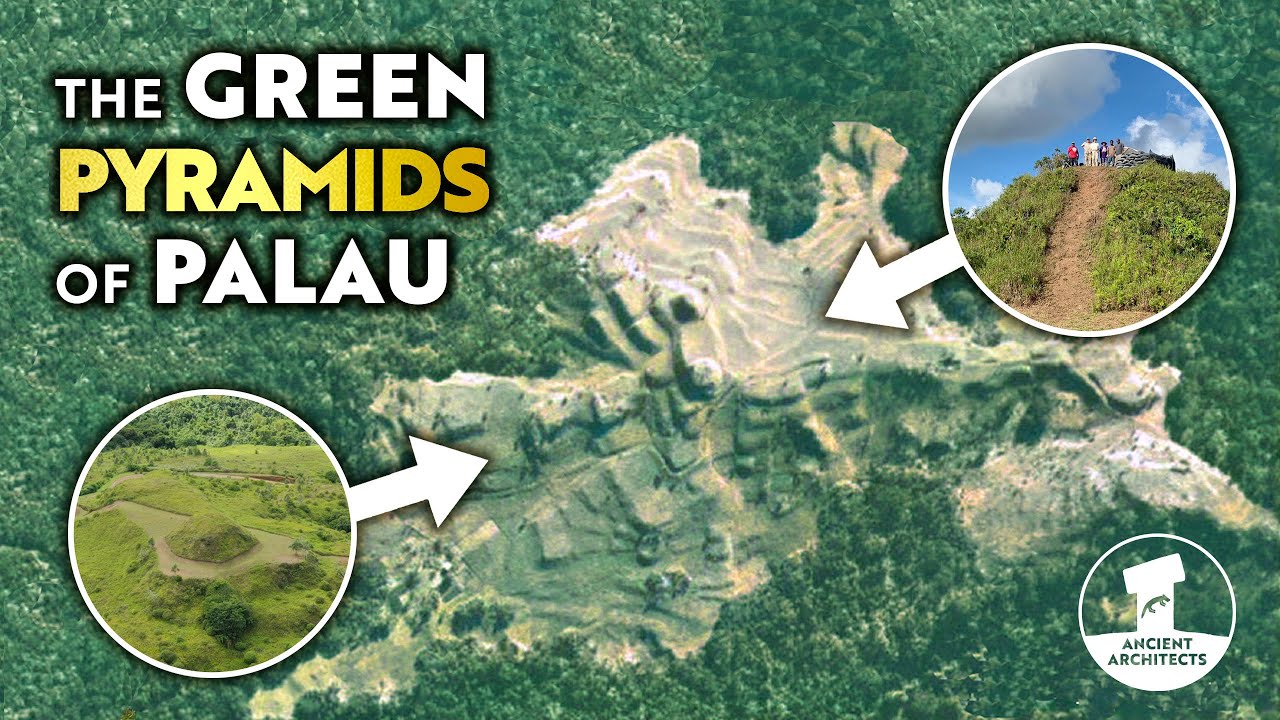
The Mysterious Green Pyramids of Babeldaob, Palau | Ancient Architects
Southeast of Ngchemiangel Bay in Palau, monumental sculptured hills majestically rise above the dense forest, leaving behind an enigmatic legacy. Among them, the awe-inspiring sculpture of Odalmelech gazes towards the sea east of Melekeok Village. These ancient sculptures, shrouded in mystery, add to the allure of Palau's prehistoric past.
Tahitian Temples - Arahurahu And Mahaiatea
Tahiti, a Polynesian paradise, holds its own architectural wonders from a bygone era. The temple of Arahurahu and the pyramid temple of Mahaiatea stand as fascinating remnants of an ancient civilization that once thrived in this region.
Necker Island - Early Polynesian Voyagers' Legacy
In the Hawaiian Chain, NeckerIsland proudly boasts large edifices, believed to have been placed there by early Polynesian voyagers. These impressive structures add to the mystique of Oceania's prehistoric heritage.
The Lost City Of Mu'a - Tonga's Ancient Capital
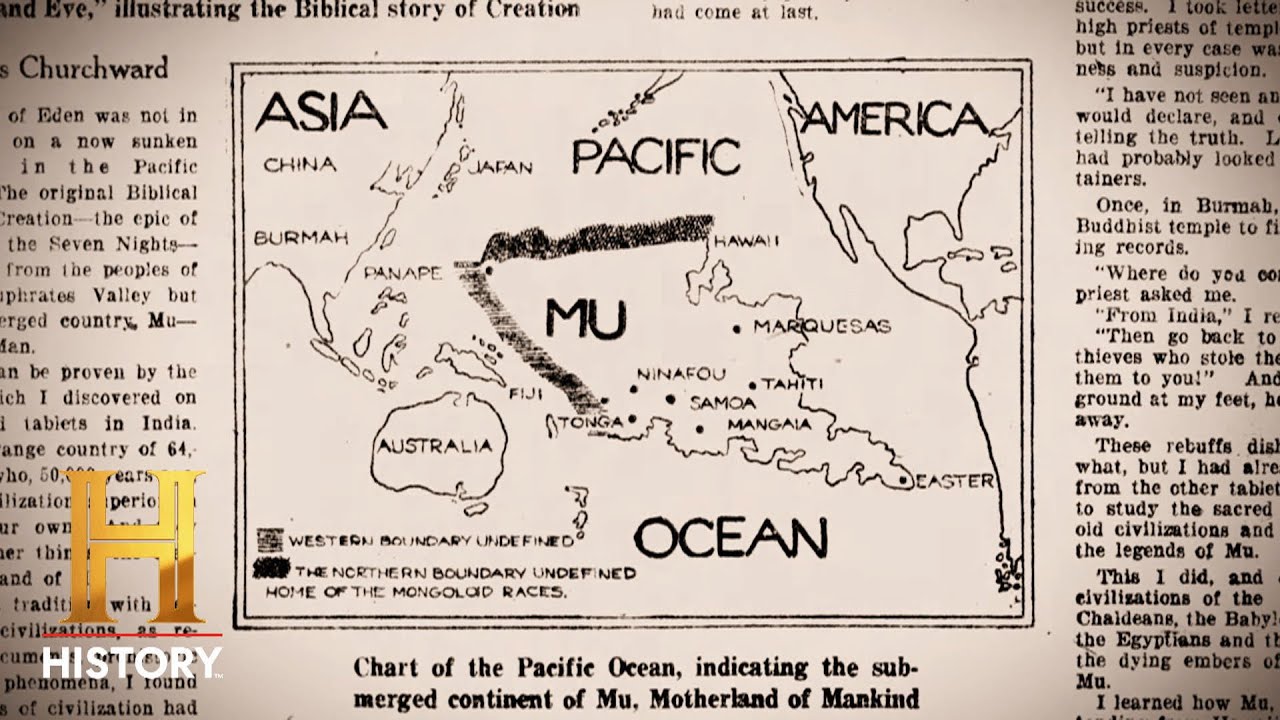
The UnXplained: The Long Lost Continent of Mu (Season 3)
Tonga's Lost City of Mu'a holds secrets from thousands of years ago. Its construction likely began when the island was slightly lower in relation to the ocean and the lagoon. However, rising sea levels rendered many of the city's features, such as the wharf and canals, useless, possibly leading to its eventual abandonment.
Ha'amonga-A-Maui - An Enigmatic Trilithon
The Ha'amonga-a-maui, a monumental trilithon, is believed to have been built around 1200 AD by the sacred King Tuitatui. Its purpose has been the subject of much speculation, with some suggesting it might have served as a gateway to a royal compound, while others draw parallels to the ancient Celtic monuments like Stonehenge. King Taufa'ahau Tupou IV's theory connecting it to the ancient lunar calendar adds another layer of intrigue.
The Langi Tauhala - Tonga's Imposing Stone Blocks
The ancient langi Tauhala, possibly used in the construction of the pyramids of Mu'a, features massive stone blocks, one of which curiously bears a notch. This enduring piece of history stands as a witness to the architectural expertise of Tonga's ancestors.
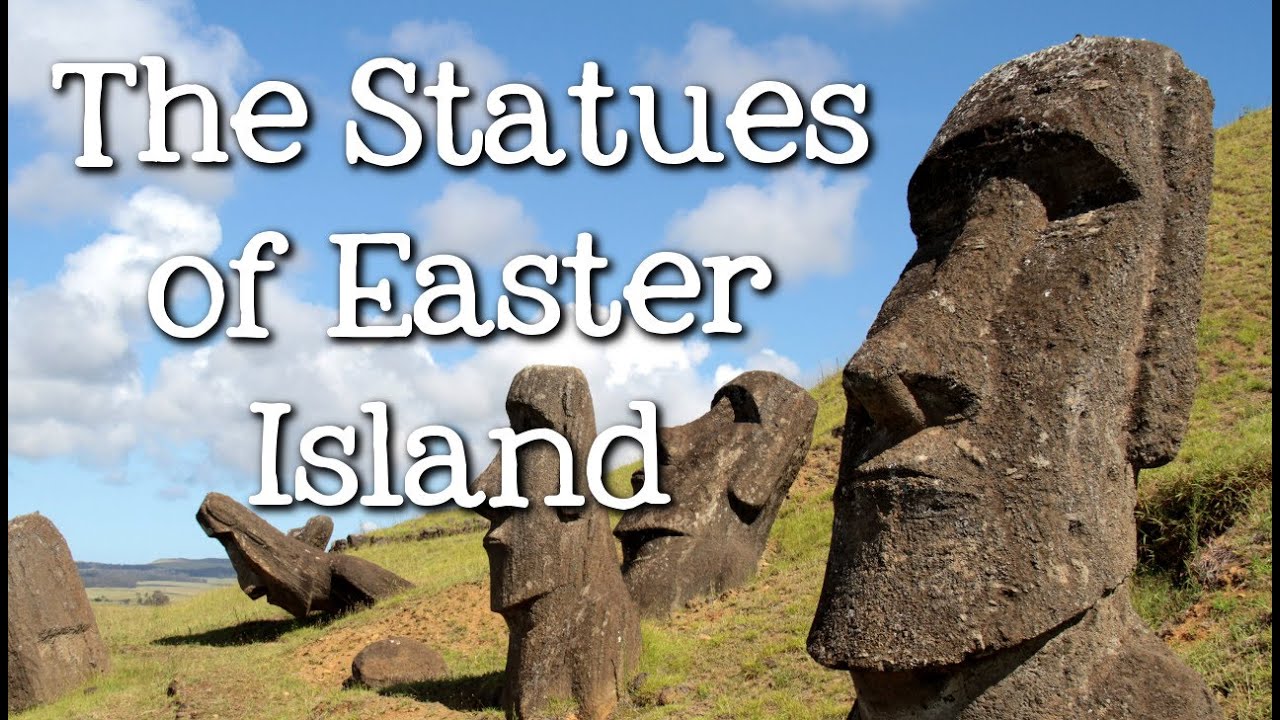
Mysterious Moai: The Giant Heads of Easter Island for Kids - FreeSchool
Easter Island's Mysterious Monolithic Statues
No exploration of prehistoric Oceania architecture would be complete without mentioning Easter Island's monumental statues. These imposing figures, known as Moai, stand as mute testimony to the remarkable skills and resilience of the ancient Polynesian people who carved them.
Conclusion
The Oceania architecture takes us on a mesmerizing journey through the prehistoric architecture of the Pacific islands, revealing a tapestry of enigmatic structures that provide glimpses into the lives and achievements of the ancient inhabitants of Oceania. From Nan Madol's megalithic ruins in Micronesia to Easter Island's haunting Moai statues, each site holds immense cultural value and serves as a bridge connecting us to the past.
These architectural wonders not only showcase the technical expertise of their builders but also reflect the significance of ritual, ceremony, and community in the lives of these ancient peoples. Preserving and studying these treasures is essential for safeguarding the rich heritage of Oceania and providing valuable insights for future generations. As we marvel at these ancient legacies, let us cherish and respect the diversity and ingenuity that define Oceania's vibrant cultural tapestry.
Jump to
Nan Madol - The Magnificent Megalithic Ruins Of Micronesia
Palau's Enigmatic Sculptured Hills
Tahitian Temples - Arahurahu And Mahaiatea
Necker Island - Early Polynesian Voyagers' Legacy
The Lost City Of Mu'a - Tonga's Ancient Capital
Ha'amonga-A-Maui - An Enigmatic Trilithon
The Langi Tauhala - Tonga's Imposing Stone Blocks
Easter Island's Mysterious Monolithic Statues
Conclusion

Jane Resture
Author
Since she embarked on her first world trip in 2002, Jane Resture spent the past decades sharing her personal journey and travel tips with people around the world. She has traveled to over 80 countries and territories, where she experienced other cultures, wildlife she had only read about in books, new foods, new people, and new amazing experiences.
Jane believes that travel is for everyone and it helps us learn about ourselves and the world around us. Her goal is to help more people from more backgrounds experience the joy of exploration because she trusts that travel opens the door to the greatest, most unforgettable experiences life can offer and this builds a kinder, more inclusive, more open-minded world.
Latest Articles
Popular Articles

